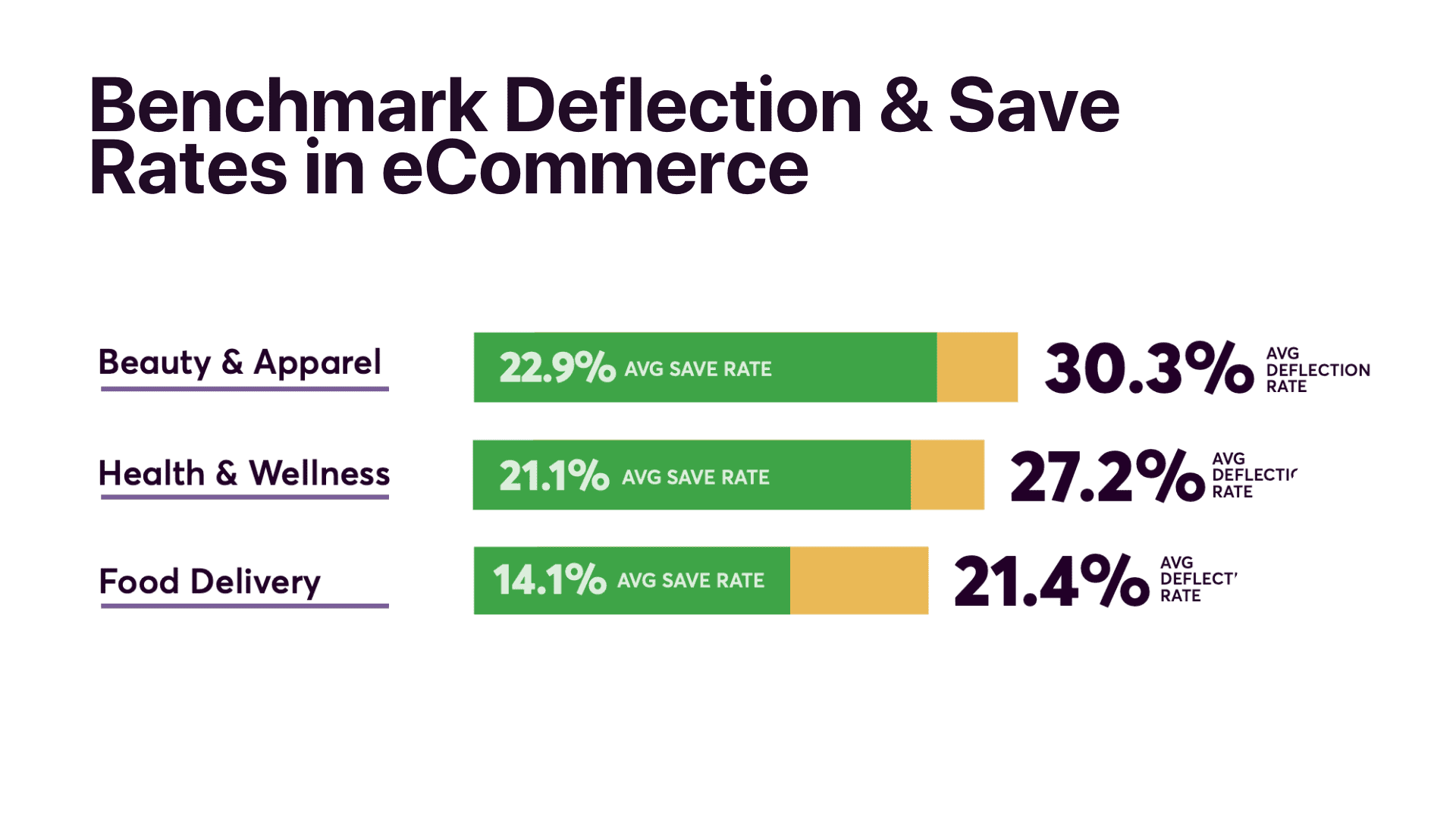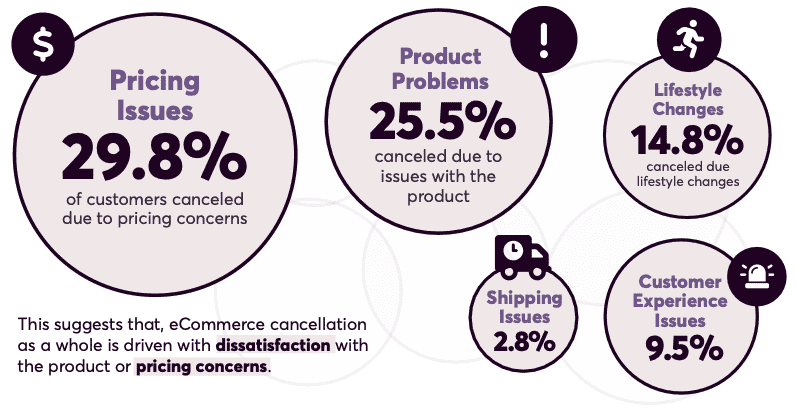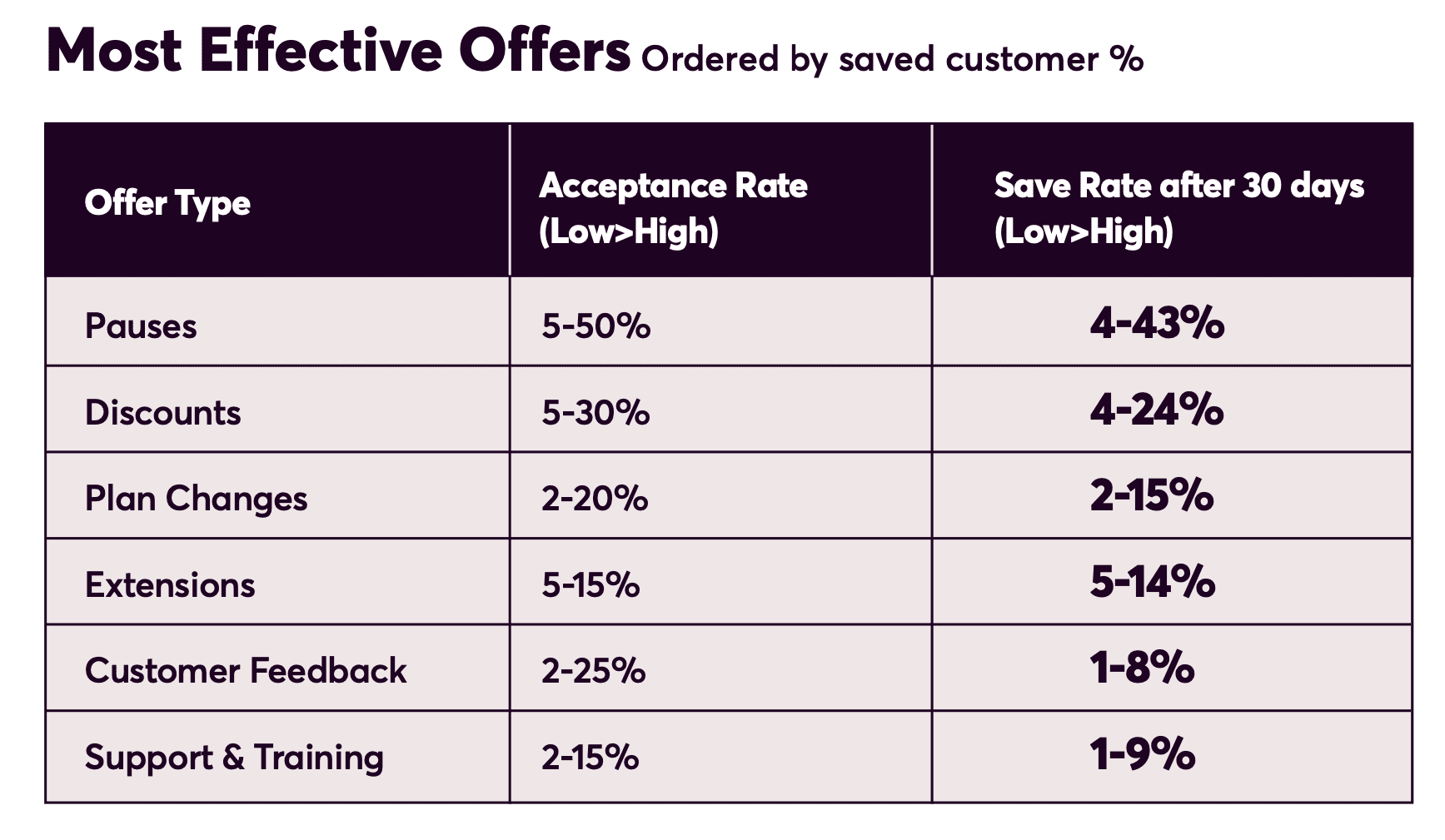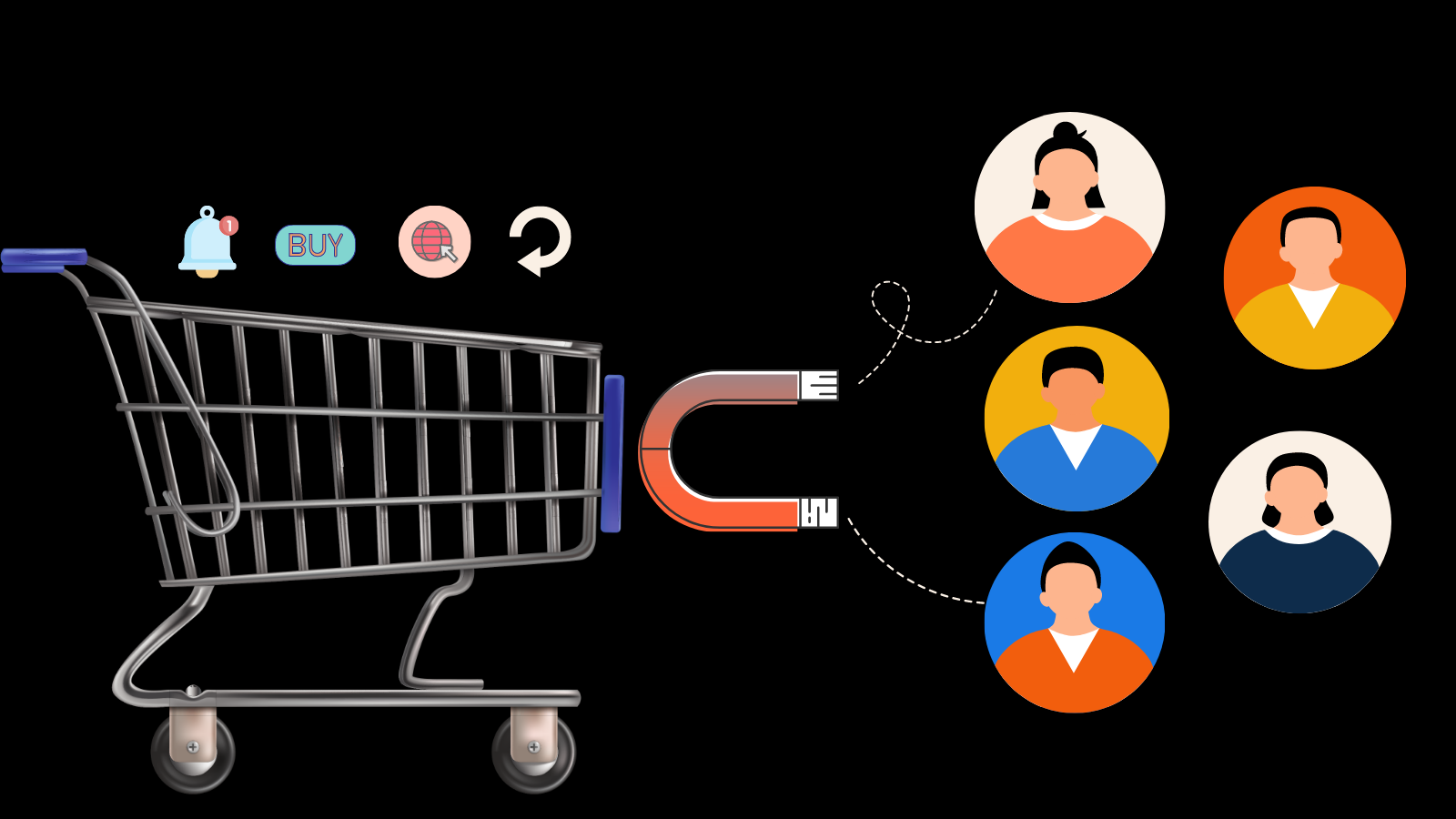Over the last two years, the global eCommerce and subscriptions industry was put on hyperdrive – partly because of its ability to remove physical restraints and make purchase journeys convenient, and partly because it bridged the sudden access gaps that erupted when the world shut down. Now that physical retail is coming back to life, the same eCommerce industry has a customer loyalty problem.
Our in-house retention experts at Chargebee Retention (formerly Brightback), dived deep into their customer base to uncover:
- The state of customer retention in the subscription eCommerce industry today – to help you identify active trends and shape the subscription industry
- Benchmarks of key statistics driving churn, deflection, and retention rates – to help you establish the efficiency of your subscription business model
- Tactics and customer retention strategies – to drive 50% improvement in customer churn in less than 1 year
- Industry-specific metrics on deflection and save rates – to further streamline customer retention for your subscription service
- Active churn rate breakdown based on key reasons for cancellation – to help plug user experience issues and fuel repeat customer purchases
Read on for a quick summary, or follow the button below for detailed and impactful insights into the state of customer churn in the subscription eCommerce industry and steps to retain customers across their lifecycle –
Get Your Free Copy Here
The Deflection-Save Duality in eCommerce Customer Retention
For eCommerce businesses, customer retention is the antithesis of churn, especially when you have a subscription model. However, retention is barely a one-step process and often depends on customer experiences, intent, and the industry you operate within. This means that even if you succeed in forecasting and arresting customer churn in one instance, it does not guarantee customer loyalty.
Subscription eCommerce businesses need to focus on the difference between save rates and deflect rates when thinking about customer retention and its associated metrics.
The average eCommerce businesses deflect rate is 24.4%, while the average churn save rate is 17.4%. More details on differentiating ‘deflect’ and ‘save’ rates is available in the customer retention report.
Note: Deflected customers are the ones who come back to the cancellation page later and churn. Existing customers who return from the exit page without following up on their initial cancellation are considered ‘saved’.
The report also found large variations in the churn, deflection, and save rate of customers at cancellation based on the type of subscription. Beauty and wellness subscription businesses are more able to save their customers than subscription boxes or businesses with a replenishment subscription model.

Pricing is still a key consideration for eCommerce
Among the most common causes of churn – pricing and product-related issues were the most attributed to customer cancellations.

eCommerce is a hypercompetitive industry. Subscription businesses in the same category will often try to acquire new customers or strong-arm their competition with deep-discounting or by providing the cheapest options. However, sustainable customer lifetime value(LTV) growth is a function of ‘value’ over the ‘price’ of your subscription plans.
Think of customer retention as a continuous process. In order to optimize for growth, eCommerce subscription businesses need to create great experiences across the customer journey and lifecycle – from customer acquisition to upsells to customer support.
We understand that this can be a complex, tricky, and time-consuming process. So we leveraged our years of experience and customer retention intelligence gathered from thousands of eCommerce businesses and put it in a guide. It also contains reparative measures for all forms of churn (voluntary or involuntary) and can be handy when you thinking of building or are looking to build customer retention strategies for your business.
Access the full customer retention guide
Pauses work better for eCommerce LTV than incentives
Perhaps the biggest social proof that lower prices aren’t the be-all and end-all for subscription eCommerce lies in how subscription pauses took precedence over discounts at the offer stage in the retention lifecycle.

This suggests that a prudent strategy is to “present” the offer of flexibility to the customer before they hit ‘cancel’ as a loss aversion tactic, with discounts and other monetary incentives occurring after the cancel is complete.
Experimentation is critical to eCommerce retention success
As customer retention experts, Chargebee Retention is privy to and an active part of the churn mitigation strategies for leading subscription eCommerce businesses. In most cases, better retention is almost a direct consequence of proactive monitoring of customer lifecycles and continuous on-platform experimentation.
- Vital Proteins wanted to experiment with multivariate offer testing at the point of cancellation, depending on their customers’ feedback. With multiple pages set up in Chargebee Retention for specific offers, the health supplements subscription company was able to improve its deflect rate by 35% over a year.
- By leveraging personalized offers based on – cancel reason, customer tenure, customer LTV, plan size, and a variety of other data attributes, Freshly was able to roll out highly personalized offers at cancel and improved their save rates by 50% in just a year.
Building a foundation of loyal customers is also a test of customer satisfaction. To build thoughtful, informed, and robust customer experiences, in a dynamic market, subscription businesses need a solid grasp on prevalent industry metrics and methods.
This eCommerce retention cheat sheet is intended to be your guide to subscription eCommerce cancellation in 2022. The report contains –
- Up-to-date statistics on Churn, Save rate, and Deflect rate
- Top strategies for retaining customers from brands such as Freshly, Vital Proteins, and Touchnote
- And effective tips on building strong retention mechanisms for your eCommerce business

